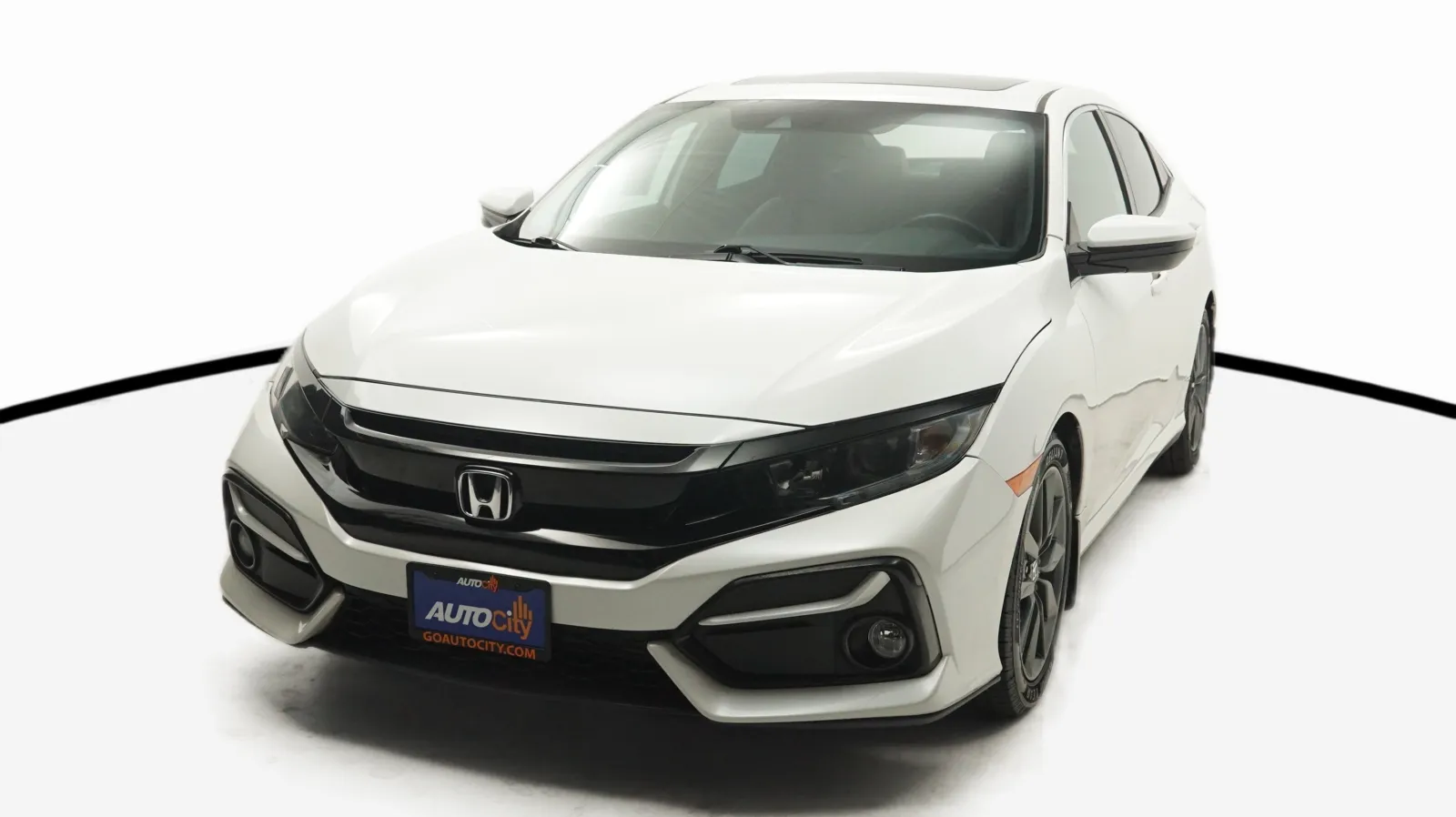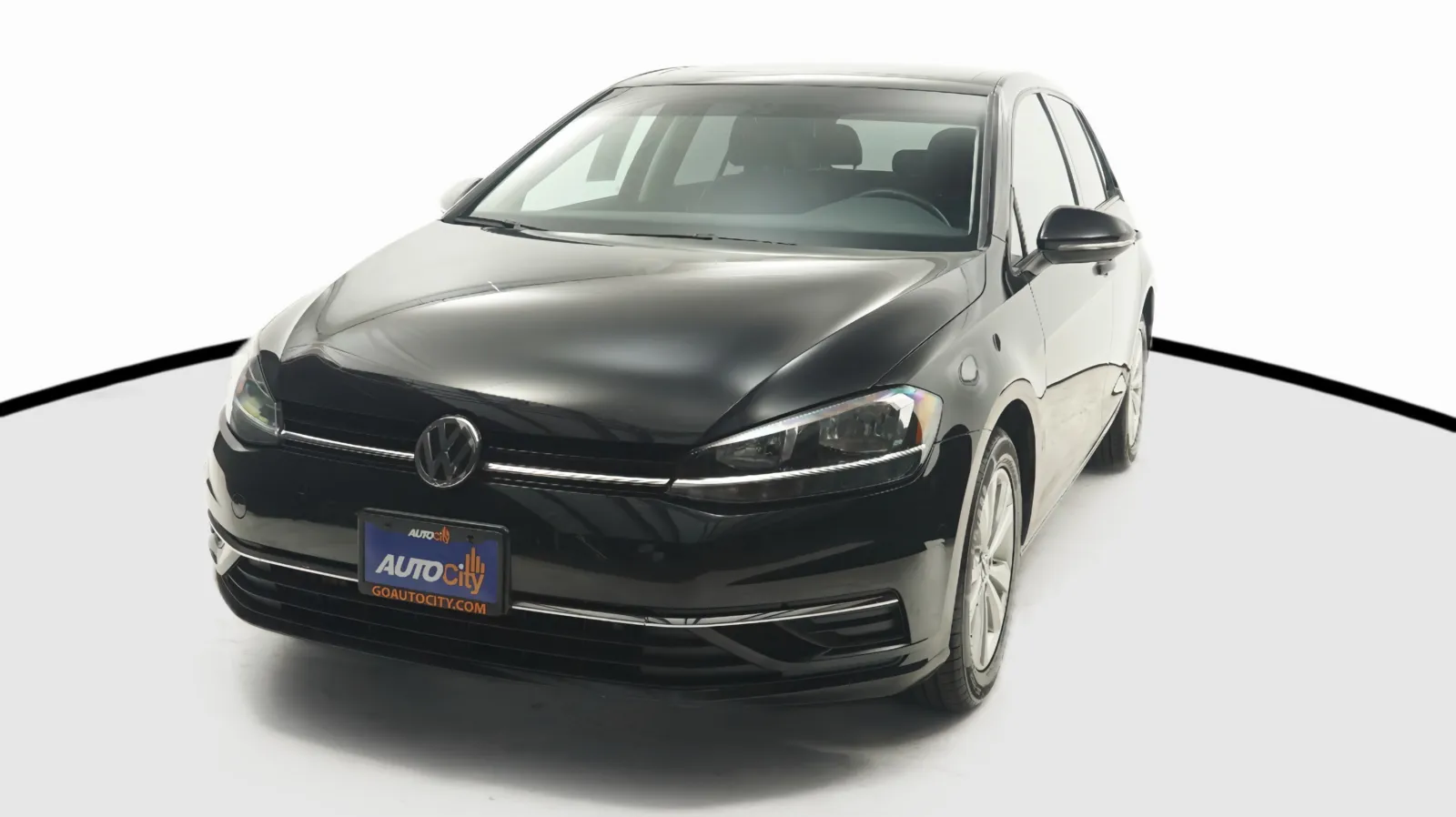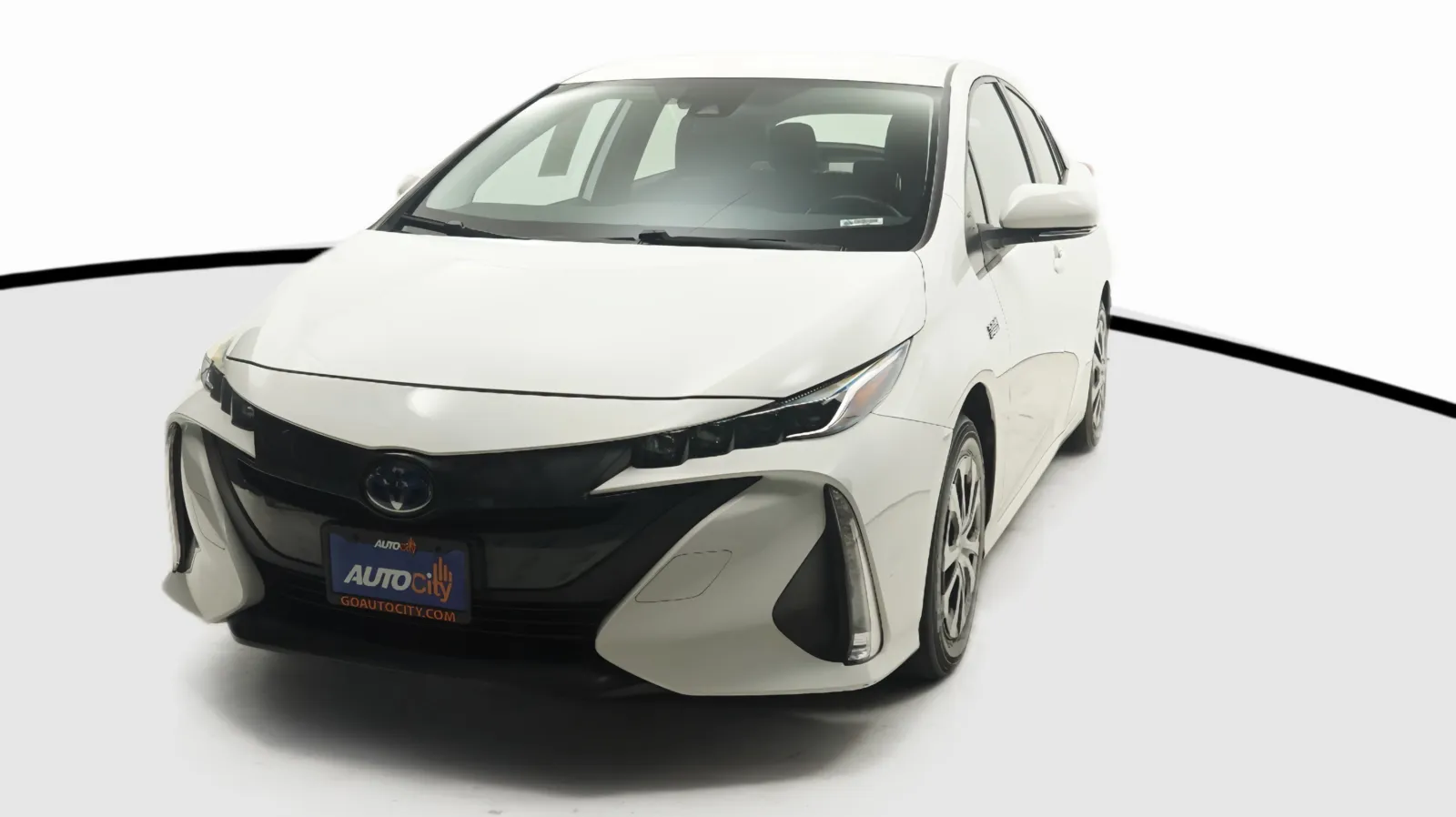THE ELECTRIC CAR SHOOTOUT: Chevrolet Volt vs. Nissan Leaf vs. BMW i3
THE ELECTRIC CAR SHOOTOUT: Chevrolet Volt vs. Nissan Leaf vs. BMW i3

The world is shifting, and with it, the automobile. In another generation or so, gas powered cars may be a thing of the past, left only to enthusiasts and collectors. Electric cars are nothing new. In fact, the world’s first practical electric vehicle dates back to 1835, predating Karl Benz’ patent on his motorized carriage by 50 years! However, what is new in the world of electric cars is mainstream variety. EV’s are no longer an obscure novelty item, nor are they being stamped out by “Big Oil” like GM’s fabled EV1 of the 90’s. Nowadays nearly every car company offers some variant on an electric car, hybrid or plug-in hybrid. With more and more popping up every day, you now have your pick of the litter. Electric cars now come in a variety of shapes, sizes and trim levels. With an electric vehicle that can meet almost any budget, there’s an electric out there for you.
Here at Auto City, we are fortunate enough to see some really great electrics grace our humble lot. Our best selling used EV’s include the Chevrolet Volt , the Nissan Leaf and the BMW i3 . I took this opportunity to test, review and compare the three cars in what I like to call… The Electric Car Shootout! Watch my comparison or read on below.
2015 Chevrolet Volt
The Chevy went first. The Volt I tested was of the penultimate generation, as the new volt has been rolling off Detroit’s assembly lines since 2016. But this was the original, the one that redeemed General Motors’ EV division. In development since 2007, the Volt finally went up for sale in 2011.
It operates somewhere between an all out electric car and a hybrid. It’s a…hybrid hybrid. With three different motors working together to drive the car with a variety of drive modes. The primary electric motor runs off the battery. During regenerative braking, this motor will also recharge the battery. If the battery runs out of juice, or if in range-extender mode, a gas engine then powers a secondary electric motor that pulls the car while also sending charge to the battery. At higher speeds, both electric motors can run off the battery, thereby putting less stress on the larger motor…..simple, right? Here, watch this if you’re still confused:
All in all, this simple yet complex to explain system delivers an overall range of 380 miles, which is one of the best in the world of electric cars.
When the concept car premiered in 2007, I was super excited to see this car come to life. The technology was innovative, but the design was daring and bold, and reminded me of a time when General Motors took great risks. Of course, when the Volt finally rolled out as a production car in 2011, it was a little bit of a let down. My guess is if they wanted to sell units, they had to play it safe with the design. The body of the Volt took on more of a midsize family hatchback form, with a similar profile to the Toyota Prius.
So, how is it?Like…as a car?
Actually, not bad! To my surprise, the build quality felt better than that of other modern day Chevy’s. And while the drivetrain doesn’t make much in the way of power, speed or handling, it’s an incredibly smooth and comfortable ride. Listening to the whir of the electric motor as I accelerated, without any rumble from any internal combustion engine really felt like I was driving the future. It reminded me of a ride from Disneyland.
In front of me were two screens, one in place of a traditional gauge cluster and the other in the center panel where you would typically find a screen these days. Both screens gave me a plethora of technical readouts and other things I didn’t full understand about all the car’s operations. There is a learning curve with these cars and I wasn’t able to take the time to fully understand all its digital gauges and readouts. Still it was mighty colorful.
Of the three EV cars I tested that day, this was the most practical and traditional. While the final design was not what I had hoped it would be, I understand why the Volt ended up looking the way it does. It really is spacious and comfortable inside. My favorite feature was its huge hatchback trunk with an easy load and large liftgate. The shape of the trunk was very square, which meant not only was it large, it had actual usable space, without any odd angles or wheel-well intrusion. With 4 comfortable seats (a multi-use center console takes the place of a rear middle seat), and that beautiful trunk, the Volt is more than just a novelty item. It’s a practical car that you can used every day as a commuter, as a family car or on long road trips.
2016 Nissan Leaf
Next on the docket was the Nissan Leaf. The Leaf is an electric iteration of an entry level compact hatchback. It’s not so different than it’s gas powered sibling, the Versa Note. With four doors, five seats, a hatchback trunk and 4 steel wheels, the Leaf is as “base model” as you can get in an electric car. But all that is reflected in the Leaf’s more affordable price-tag. Still in its first generation, Nissan’s first all electric has been available for sale in the U.S. since 2010, with a new model expected in 2018.
Unlike the Volt (and the i3) there is no gas powered range extender in the Leaf, she’s strictly electric. Built to be a short range commuter/city car, the Leafs motor produces 80 kW (about the equivalent of 110 horsepower) and is powered by a lithium ion battery. When driven at maximum efficiency, the Leaf’s range can stretch all the way up to a whopping 107 miles!
Again, this Leaf is not claiming to be anything other than a short range commuter. So I would not recommend this car if you make frequent long trips, say, up and down the coast. However if your daily commute is within the range limit (which will shorten depending on your driving habits and use of climate control), then this is a perfectly functional option for you. Provided you have the means to charge it almost nightly.
Besides its overly quirky looks there are some other quirks on the Leaf that take getting used to. For example, the gear selector, or “prindle”. The Volt gave me the impression that I was still driving a traditional car with a traditional gear selector. The leaf has what looks more like an oversized button that slides around like a joystick. It took time to get used to, and I kept missing Drive. Another quirk was the split cluster display. While the Leaf’s readouts were less complex than the Volt’s, I still wasn’t completely sure what I was looking at. And the split cluster meant some of the info was right in front of you behind the steering wheel, and the rest was up on a separate display further up on the dash. Like my old ‘06 Honda Civic, this infuriating layout can make for more driving distractions.
How is it as a car?
The Leaf is simple, inexpensive and easy to operate. Like its gas powered sibling the Versa Note, it’s roomier on the inside than it looks, with space for 4-5 adults and generous cargo capacity. But it’s not particularly exciting to look at, sit inside or drive. Besides this new and exciting technology that powers the wheels, it feels very much like a base model vehicle. There is nothing about its driving dynamics that would make me excited to own it. But if you’re a person who just doesn’t care about cars, driving, style, then this is a fine car. If you live a lifestyle where short-range commuting suits your needs, it’s a fine car.
Style and driving excitement aside, build quality felt top notch. Like many Japanese cars, the Leaf feels like it was built to last. But only time will tell.
2014 BMW i3
We’ve saved if not the best, certainly the strangest for last. Of the three vehicles tested, the BMW i3 was the furthest thing from what we conceive of as a car. Completely a foreign experience!
BMW launched its “i” division in 2011 which focuses on bringing the brand into the 21st century and beyond with a series of electric cars. In the same year, the concept car for the i3 was introduced, but didn’t go on sale until 2013. Originally called the Mega City Vehicle (MCV), the i3 was intended as a short range city car and a smaller, less expensive variant to the i8 electric supercar. I hope Auto City is someday graced with the presence of the elusive i8, but in the meantime, this weird little box on wheels will have to suffice.
The i3 comes with a variety of trim levels and powertrains. The one that I’m driving does include a range-extending gasoline engine similar to the Volt’s setup. When the electric motor’s battery capacity drops below a certain spot, the 2-cylinder gasoline engine (taken from BMW’s scooter division) kicks in, working to send charge to the electric motor until the battery can be re-charged. All in all the maximum range for this i3 can reach up to 147 miles. Not quite as impressive as the Volt’s road trip ready range, but certainly beats out the Leaf by a few extra chargeless nights.
The i3 is simply wild looking, yet kind of dorky at the same time. It pioneered some design elements that are now being taken by rivals like the Chevy Bolt. For example, the way the window line slopes as it reached the backward opening rear doors. The taillights which are integrated behind an oversized glass panel that engulfs the entirety of the hatch liftgate (which I happen to think is quite beautiful)…and those wheels. What is with those wheels? They are huge and thin, bicycle tires, as I like to call them. Supposedly, the engineers at BMW’s i division designed the shape and size of the wheels and tires to be the most efficient, and I’m sure there’s a science behind it. But man, are they huge.
So how is it as a car?
There are definitely some things about the way this car looks and drives that very much remind you that you’re driving a BMW. For example, the iDrive system which operates out of it’s floating center display, also the driver oriented center panel. And as BMW’s are known for tight, tactile steering, the steering in this car is nice and firm. But other than that, there is nothing like it on the planet. Unlike other BMW’s which are equal parts luxury and performance cars, this i3 prides itself on using recycled materials to construct its interior.
Also it drives like no other car on the planet. I did enjoy the firm steering and effortless acceleration. Like other BMW’s I am given the illusion that I am in control…very German. However that’s where the familiarity stops. Driving a car like this, you almost have to unlearn what you know about driving. Unlike every other automatic transmission car in the world, the i3 does not continue to coast when you take your foot off the accelerator. As soon as you remove your foot, the car comes to a stop, almost as if you were hitting the brakes. It’s very strange and takes some getting used to, and I would be careful how you operate the pedals with heavy traffic around you.
Having said all that, it’s incredibly exciting and new. The i3’s range sits somewhere between the Leaf and the Volt, though being the most futuristic and hi-tech (and being a BMW) it bares the highest price tag. But if you’re willing to re-learn how to drive, of the three cars, choosing the i3 would certainly be the boldest statement.
…And In Conclusion
How did these three cars stack up against each other?
Starting with the Volt, despite there being a small learning curve with its complicated digital gauges, it felt the most like a regular car. With a spacious, practical interior it was comfortable and easy to drive. With it’s total possible range of 370 miles, this car is also the safest bet for any new electric owners. If you’re looking to ease your way into the world of electrics, this Volt will remind you most of your old world Malibu….baby steps.
The Leaf didn’t offer much in the way of excitement, style or interesting features. And its electric-only motor means it had the shortest range of the three cars. But being the only car without a gas range extender, you will be spending zero time and money at the gas pump. Which also means it’s the only one of the three cars with zero emissions. So in a way, perhaps it is the Leaf and not the i3 that is the most daring of the three cars. Remember also that this is the cheapest of the three. It might be dull, but the Leaf might be the most economical way to embrace the future.
Finally, the i3, which is certainly the most unique and foreign of the three cars. Unlike the Leaf and the Volt, the i3 does not have one toe safely dipped into the old world of driving. It makes the boldest statement. The i3 dares you to leave your old way of thinking behind and truly embrace the future. Everything from its technology to design to driving dynamics is new and different. And I like that. What’s less than desirable, however is its practicality. Cargo space is swallowed up by motors and batteries, and the range extender system is confusing. Despite the car having a better range than the Leaf, I would still be sure to charge it more often than you think you should.
But besides the Volt, the Leaf and the i3, there are a lot of options out there for you in the way of electrics and hybrids. This is merely a sampler plate of what the electric market has to offer. Odds are, there’s an electric or hybrid out there that suits your needs, preferences and budget.
It’s going to take some getting used to. But these are the cars of the future, and this is what we’re going to have to accept if we want to continue to drive non-autonomous cars. Some of this stuff is scary, strange and foreign. As a car guy, I am resistant to some of these changes, but changes are inevitable. And some of it is fascinating and exciting! I’m really looking forward to seeing where we end up. Where the electric car intersects with the driving enthusiast communities. We are already seeing hybrid and electric supercars from BMW, Porsche, McLaren and even Ferrari. Can’t wait to see what’s next.
So, which of these three cars would I have? Duh….the i3….it’s a Bimmer.





